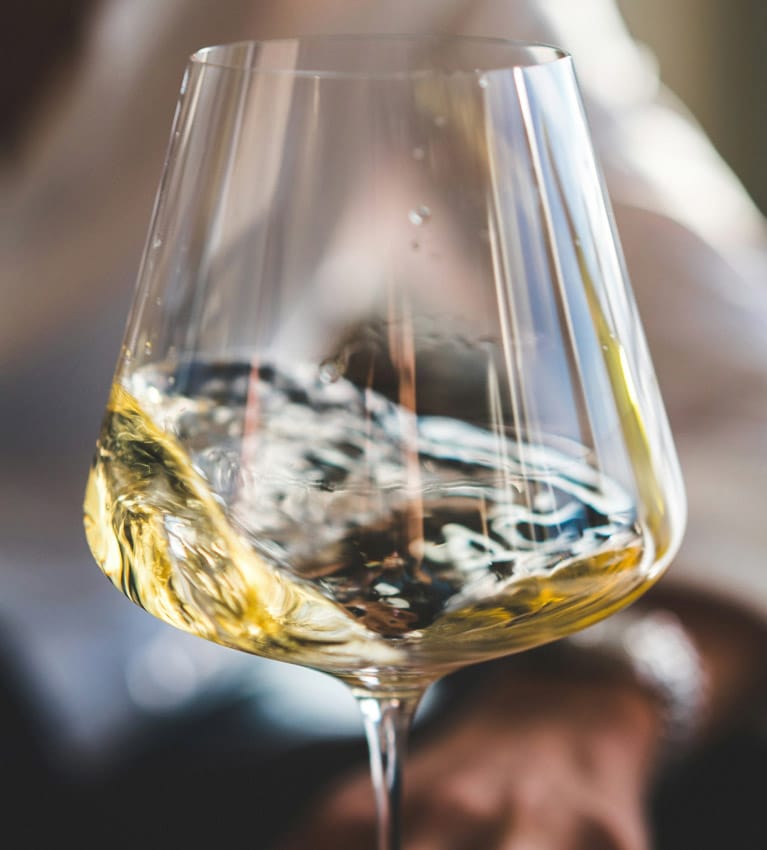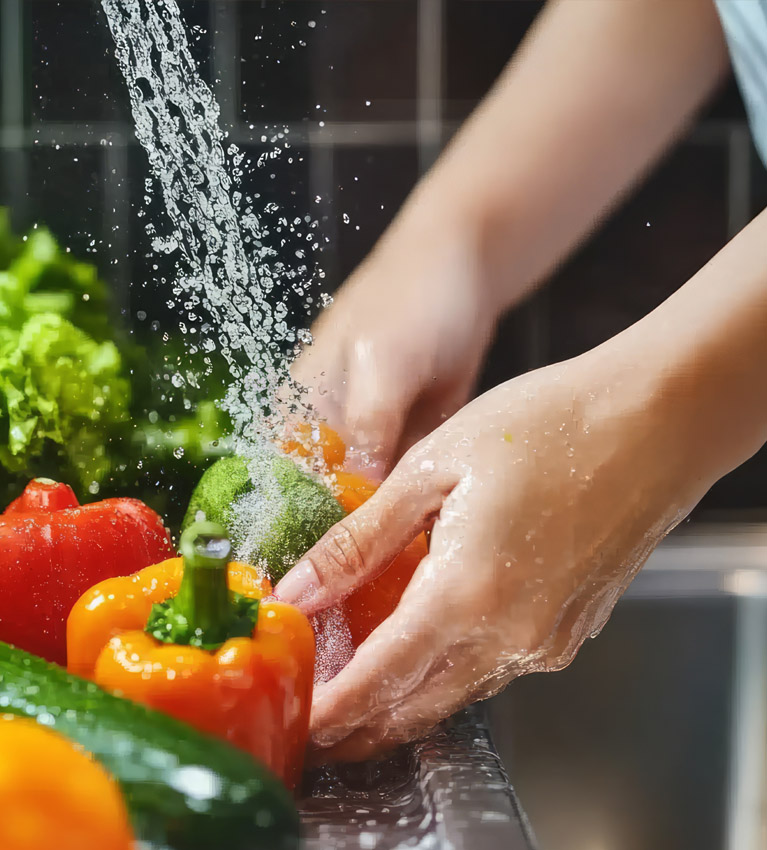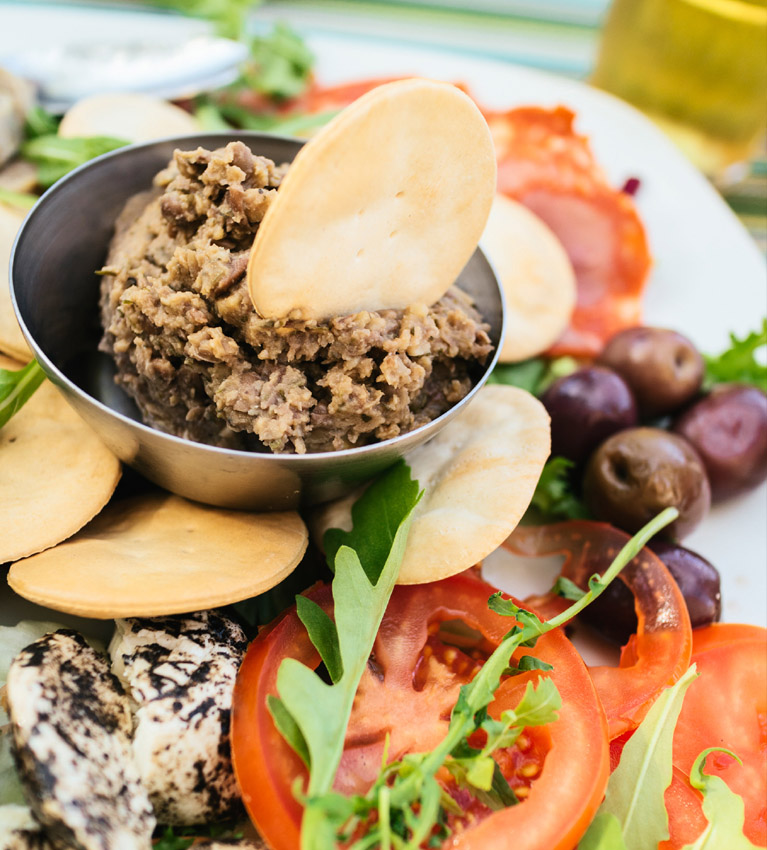
When Going the Extra Mile is Good News
May 17, 2025

247Pay: Powering Seamless Payments for the HORECA Industry
May 17, 2025
When is Aljotta Not Simply Aljotta ?
May 17, 2025Victor Calleja poses the all-important question: shouldn’t more be done to promote going local?
Few things are totally revolutionary. Even whatever sounds like a new trend can be just an old idea, freshly packaged. Until a few decades ago, going local, using only or mainly fresh and seasonal produce from your vicinity, was the norm. Globalisation, ease of transportation, and the love of the unfamiliar has changed all that.
The world, as they say, has become smaller, and ingredients and products which seemed exotic and beyond reach suddenly became easily available. But the love of local, the need to go back to basics, the allure of tastier, better produce, has made a comeback.
Several restaurants in Malta offer excellent fare but more should be done to celebrate those which work wonders with produce mainly sourced from local farms, wineries, and suppliers.
This might be daunting, it might be challenging, it might also add on to sourcing times, it might mean seasonal changes to what is on the menu. It can also be slightly more expensive to stick to local as opposed to what is on offer by big importers who can also – usually – offer year-long supplies of produce which is found sporadically in Malta.
But on the whole, diners – or a number of them – have become more discerning, more interested in exploring the beauty and taste of Maltese-grown products.
These diners are ready to go the extra mile, to be more adventurous, and expect their chefs and restaurants to skip going far to get their supplies. They demand the enhanced taste which gives dishes a different flavour from all that is available worldwide.
We must create our own food offering to make it more enticing to all diners from Malta or beyond. Local is, after all, unique.
If we tell better, more detailed, stories about our food it makes it all the more satisfying. We – or most of us – love stories. Knowing that the meat, the fish, the vegetables, the fruit, the bread, the salt, and anything which forms part of a meal, are in a supply chain that involves people close to us will make the meal a more satisfying one.
Dining out is not just about us getting sustenance. The stories behind the food, the way it is explained and presented, add a sparkle to the fare we feast on.
Ideally, we should have more emphasis on the glory of all things local. We see fabulous photos, videos and descriptions of dishes, of wine bottles, flowing with glorious artistry.
Shouldn’t farmers, fishermen, fields, olive trees, honey, and all of nature’s miracles – because these are the miracles that make our food experiences memorable – be featured all around us in restaurants, bars and in marketing material?
They are part of the story that makes us, makes our food stand out, and we should add them to our gastronomy narrative. Not by romanticising them in some folkloristic way but in their everyday, working mode.
Local should also be encouraged in our descriptions of the food. It was gratifying – even illuminating – to hear the CEO of the Centre for Maltese Language, Maris Camilleri talk about the need to use words like faqqiegħ (mushrooms) and zunnarija (carrots) to prevent them becoming obsolete.
These words might not add anything to the aroma but they add character to the dining experience; they and all local words for ingredients and dishes give an extra local touch to a dining experience. Shouldn’t more be done to promote going local, somehow rewarding restaurants that offer it? Give them more recognition and more of a spotlight?
The next issue of this magazine will feature five people who are the backbone of restaurants in Malta which offer their diners a near-total local treat. They go the extra mile to go local, go fresh, go from farm to table. Their experiences are interesting, exciting, challenging and show that with the right attitude most obstacles can be overcome.
Go local, whoever and whatever you are.

Victor Calleja
Victor Calleja is a writer and columnist for Malta’s leading newspaper. For a number of years he edited Insider, a gastronomy and hospitality magazine. He also edited Archetype, centred around urban living. Victor loves anything connected to words, food, travel, and storytelling.
vc@victorcalleja.com
Click here to see Horeca Issue 19 online



